Natural furniture wax is a great way to care for wood that is both ecological and effective. A homemade mixture protects the wood, makes it easier to care for it and gives it a beautiful shine. Thanks to the addition of essential oils, the wax can also have a pleasant, individual scent. In this article, we will show you how to prepare the wax yourself, using simple proportions.
Why is it worth making your own furniture wax?
- Naturalness – You avoid chemicals and artificial additives.
- Personalization – You can adjust the consistency and scent of the wax to your needs.
- Effectiveness – Protects wood against moisture, highlights its structure and gives it an elegant shine.
- Savings – Homemade wax is cheaper than ready-made products, and it also gives you the satisfaction of making it yourself.
Ingredients and proportions
To prepare homemade paste wax you will need:
- 1 part carnauba wax – a very hard plant wax that adds durability and shine.
- 1 part beeswax – a softer wax that makes application easier and provides protection against moisture.
- 3.5 parts mineral oil – gives the wax the right consistency and makes it easier to spread.
- A few drops of your favorite essential oil (optional) – for a pleasant scent.
Step by step preparation
-
Prepare your workstation:
- Gather all the ingredients.
- Prepare a saucepan, a bowl for a water bath, a kitchen scale and a glass or metal container for the finished wax.
-
Melt the waxes:
- Place carnauba wax and beeswax in the appropriate proportions (1:1) in a water bath.
- Heat over low heat, stirring until the waxes are completely dissolved.
-
Add mineral oil:
- Once the waxes are liquid, slowly add the mineral oil (3.5 parts to waxes).
- Mix thoroughly until ingredients combine into a uniform mass.
-
Add essential oils:
- If you like, add a few drops of your favorite essential oil (e.g. lavender, citrus, or tea tree).
- Stir to distribute the fragrance evenly throughout the mixture.
-
Pour and cool:
- Pour the prepared wax into an airtight container.
- Allow to cool and set (this will take several hours).
How to use homemade furniture wax?
-
Surface preparation:
Make sure the wood is clean, dry and free of dust or old protective coatings. -
App:
Apply a small amount of wax to a soft cloth or sponge and spread it evenly over the wood surface. -
Polishing:
After a few minutes, use a clean, dry cloth to polish the surface. The wood will gain a silky shine and a natural look. -
Care:
Wax your furniture regularly (e.g. once every few months) to keep it in top condition.
Benefits of homemade wax
- It is completely natural and safe for health.
- Effectively protects wood against moisture and damage.
- Gives furniture a beautiful, natural shine.
- Essential oils make working with wax pleasant and leave the furniture smelling fresh.
Summary
Preparing homemade wax is a simple way to care for wood in an ecological and effective way. With easy-to-obtain ingredients and simple proportions, you can create a product that will meet all your expectations. Try our recipe and enjoy beautifully cared-for furniture!












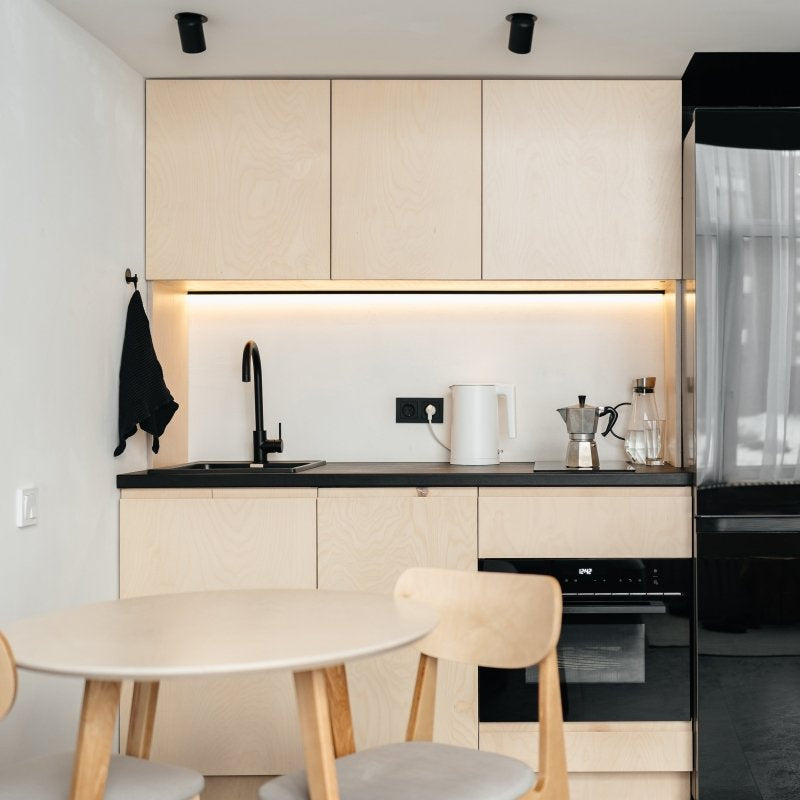





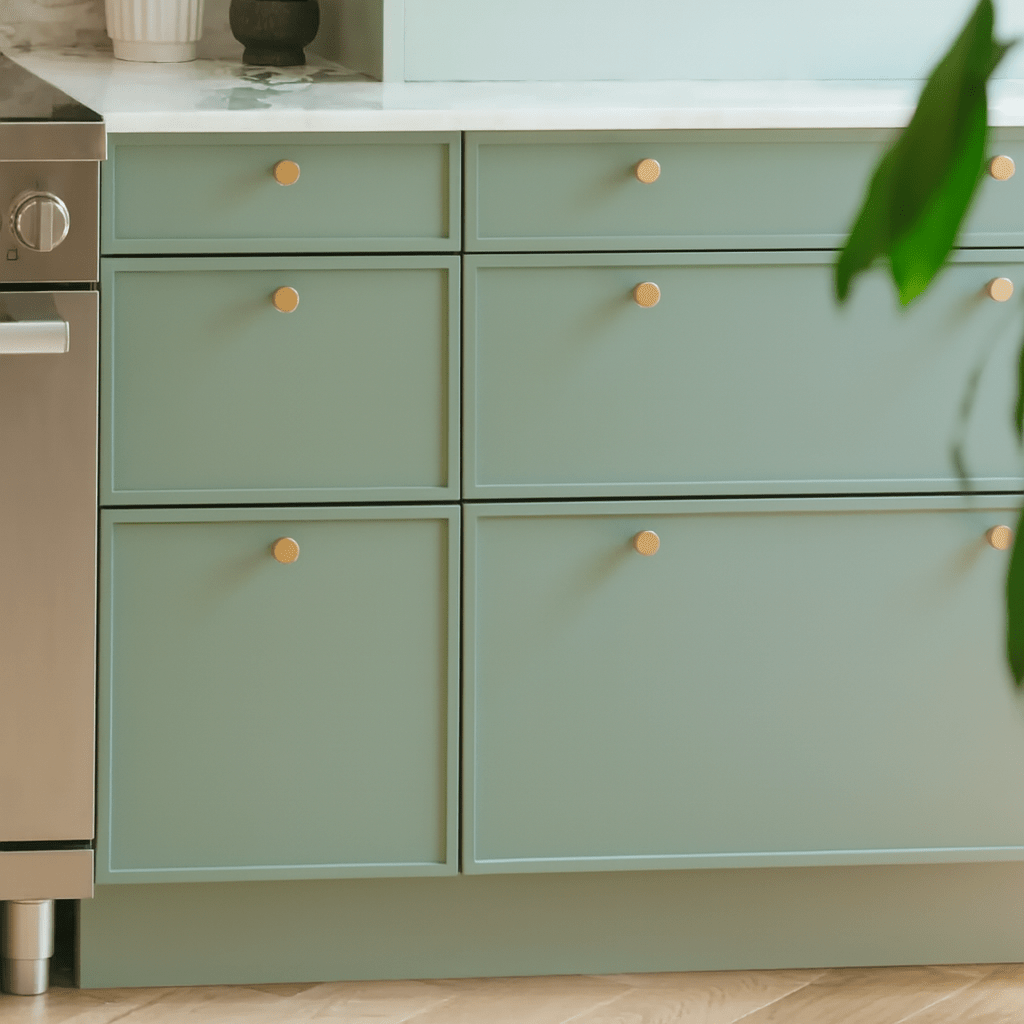









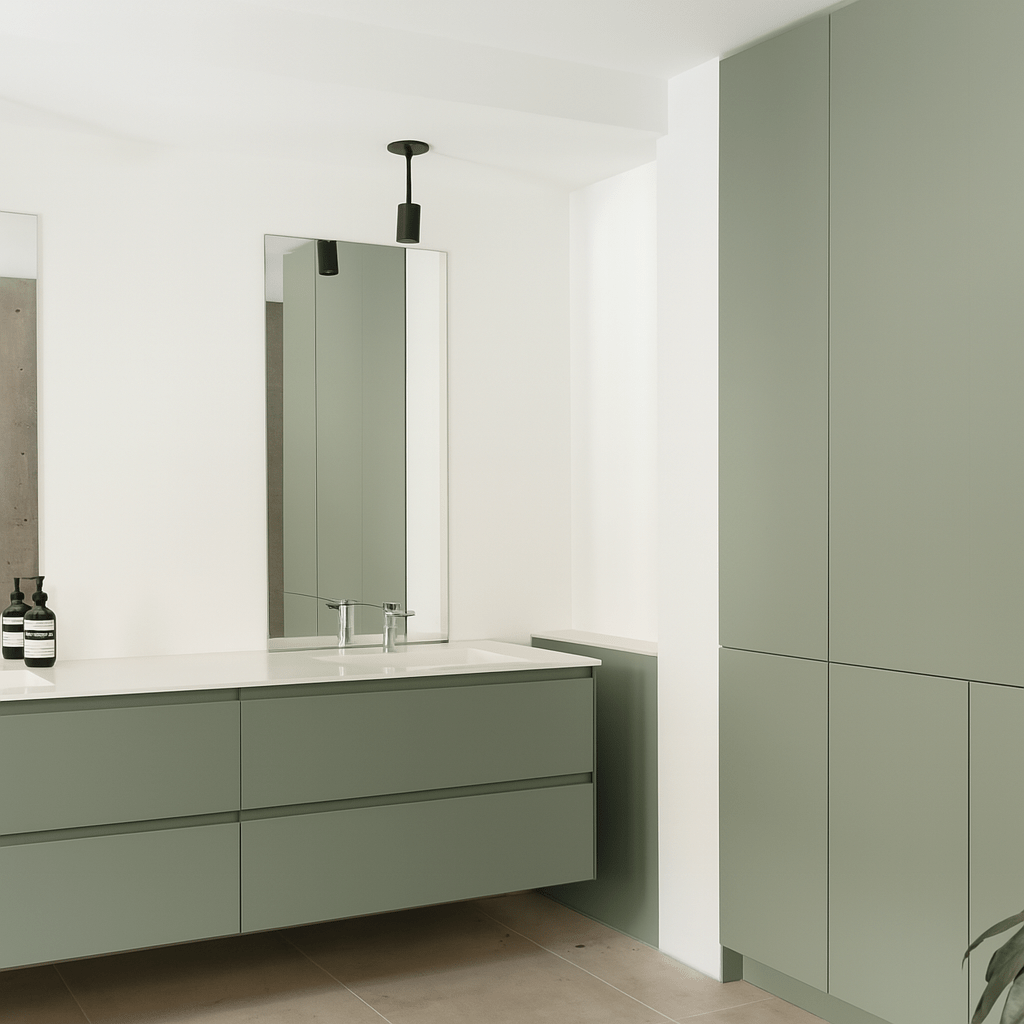






























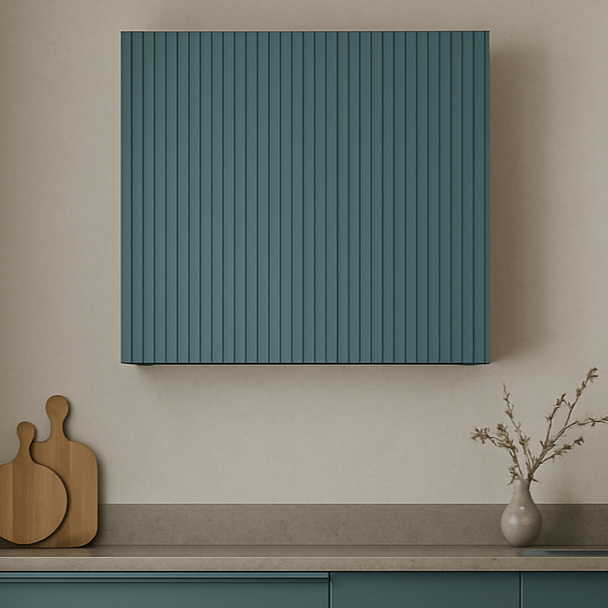








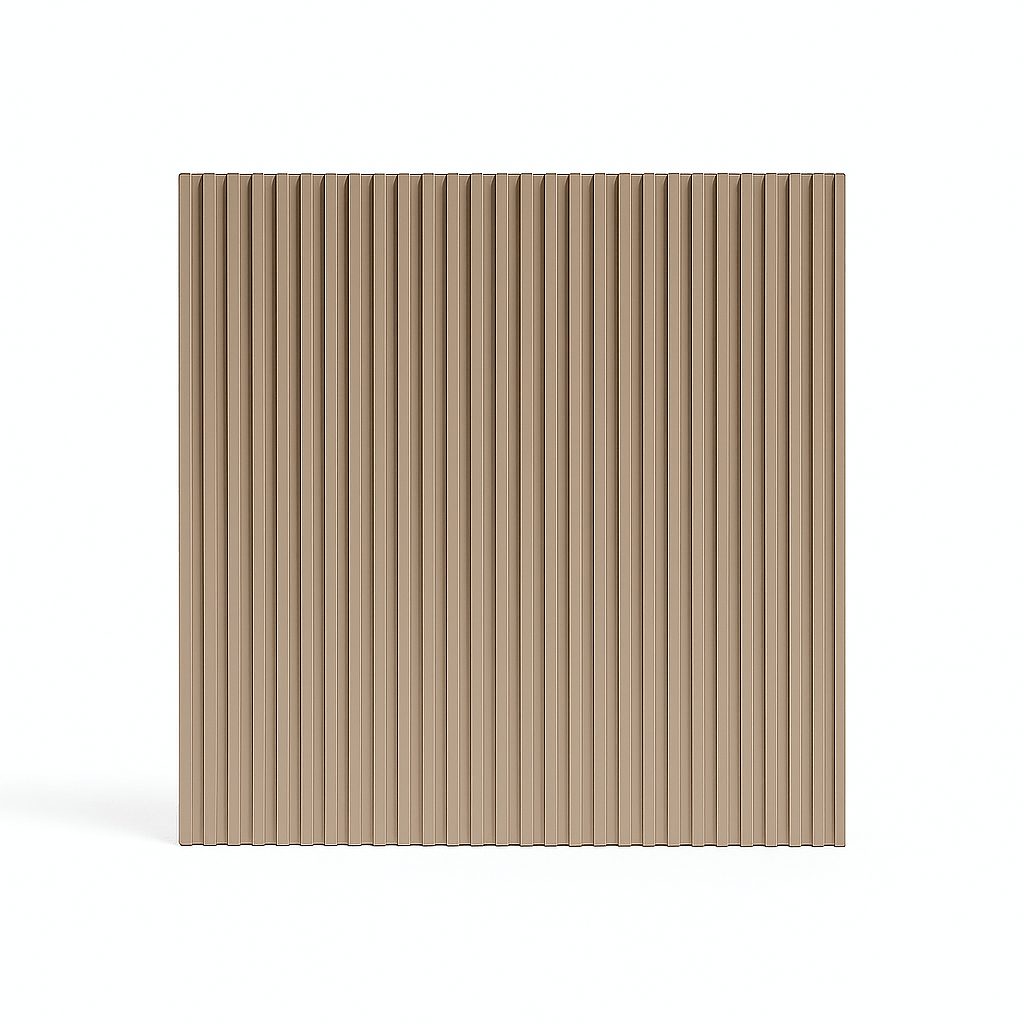

0 comments